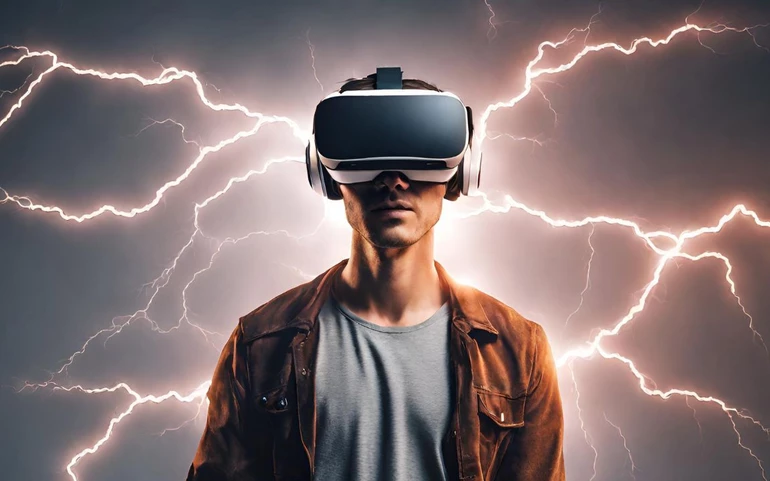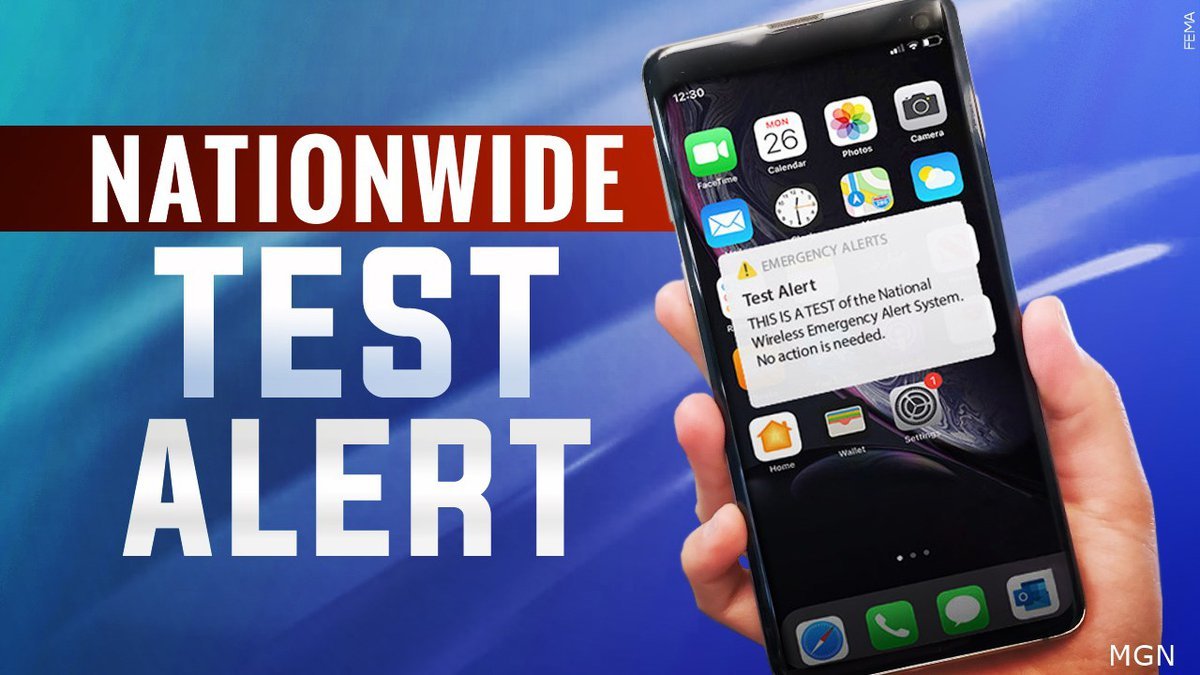City Representatives Reverse Course After Hearing on 5G Dangers & Failure to Protect Public Health
In November of 2023, the Board of Representatives in Stamford, Connecticut voted against a plan to install 5G equipment in their city following presentations by experts on the dangers of radiofrequency (RF) radiation and government failures to protect the public.
- Of the city’s representatives, 21 voted to reject a proposed agreement with AT&T and Verizon, while only 5 voted in favor of it and 8 abstained. The second-largest city in Connecticut is the only major city in the state, thus far, to refuse the agreement.
- The city of Stamford representatives chose to shield their citizens from the dangers of RF radiation rather than cave to legal threats from telecom companies and the FCC, which may present a potential “test case” for opposition to the 5G rollout nationwide.
- During their presentations to the board in October of 2023, experts provided irrefutable evidence on the public health and environmental effects of RF radiation, and raised questions of corruption within the regulatory agency, the FCC, tasked with protecting the general public from dangerous levels of wireless radiation.
Board members were informed of some of the most devastating impacts of wireless radiation on public health, including studies highlighted by one global expert, Dr. Kent Chamberlain, on the ways in which exposure to RF radiation can lead to “chronic inflammation and a host of adverse outcomes including: neurodegenerative disease, cancer, cardiovascular disease, diabetes, chromosome damage, neuronal DNA damage, neuropsychiatric effects, [and] sperm damage.”
Experts also provided evidence of the damage from harmful wireless radiation to trees, insects and other species that may impact the food chain and endanger the food supply.
As the hearing progressed, city representatives were educated on the FCC’s human exposure limits, which are based upon inadequate short-term studies conducted in the 1980s of only 8 rats and 5 monkeys, to determine the general public’s radiation threshold.
Dr. Devra Davis noted during the presentations that the Environmental Health Trust, which she founded, sued the FCC over their wireless radiation exposure limits and in August of 2021, the U.S. Court of Appeals for the D.C. Circuit ruled that the FCC’s decision not to update the exposure limits was “arbitrary and capricious.”
The court determined that, “the testing procedures, particularly as they relate to children and long-term exposures were a ‘complete failure,’” Davis remarked. “The court found that the FCC had failed to provide evidence of properly examining long-term exposure, children’s vulnerability, the testimony of people injured by radiation sickness, and impacts to the developing brain and reproductive system.”
Dr. Chamberlain wrapped up his presentation to the board by addressing the question of “How come the FCC isn’t protecting us?” as he pointed to issues of corruption within the agency, citing a Harvard Center for Ethics study entitled, “Captured Agency: How the Federal Communications Commission Is Dominated by the Industries It Presumably Regulates.”
“The title says it all,” Chamberlain explained, as he emphasized a quote from the study which stated, “Industry controls the FCC through a soup-to-nuts stranglehold that extends from its well-placed campaign spending in Congress through its control of the FCC’s Congressional oversight committees to its persistent agency lobbying.”
After reviewing the information presented, board members found the proposed contract for installations of 5G equipment in their city to be severely problematic considering the health risks and the absence of the public’s informed consent. “If there’s the smallest of chances — even the smallest — that this may cause harm, I don’t see any reason why we should be passing this forward,” replied Representative Stella.
Before This Case, Health Takes a Backseat to Money
Connecticut governor, Ned Lamont, whose second inaugural ball received a $10,000 donation from AT&T, brokered the deal with telecommunications giants, AT&T and Verizon, to put into effect a template contract for 5G installations on utility poles across major cities throughout the state including Bridgeport, Hartford, New Haven, Stamford and Waterbury.
After settling a years-long court battle with AT&T for delaying the telecom carrier’s requests for installations on city light poles, the city of Hartford finally approved the proposed 5G agreement.
As the founder of a telecommunications company, Governor Lamont, has made the expansion of 5G in his state a “key priority,” giving fifth generation wireless networks a center stage during his inaugural State of the State address in 2019.
The rollout of 5G is one aspect of Lamont’s larger strategic plan “to build an all-digital state government.” In 2021, Lamont signed legislation to facilitate the build-out of digital and telecom systems to support modernized state government operations, including “standards for digital identity verification.”
The “all-digital state government” plans of Governor Lamont, who serves on the National Advisory Board for Biden’s re-election campaign, fall in line with the Biden regime’s initiative to deploy 5G infrastructure across the nation while developments in digital identity, CBDCs, and artificial intelligence ramp up.
The Biden regime pledged over $40 billion in taxpayer money from the infrastructure bill to deploy high-speed internet access and 5G connectivity nationwide, of which Connecticut received $144.2 million.
Pondering the vast sums of money at stake, Stamford city representative, Sean Boeger remarked, “every time you throw money into the issue, all of a sudden, health takes a backseat.”
“Test Case” for Opposition to 5G Rollout
Critics argue the decision by the Stamford Board of Representatives defies a 2018 FCC ruling to block states and municipalities from impeding 5G deployment, which may lead to potential lawsuits by telecom companies. The 2018 FCC ruling has been challenged by several states but was upheld by the Ninth Circuit.
However, proponents of the decision say telecommunications carriers have no grounds to sue yet, as the city simply voted against the terms of a model contract proposed by the governor, rather than issuing an ordinance or regulation to effectively ban 5G.
Representative Grunberger commented, “I don’t think we should back away from this because of the threat of a lawsuit … If, in fact, we have to be a test case on this, I think we should be a test case.” Grunberger also remarked during a November meeting that, “The federal government does not have guidelines for long-term exposure, so we need to protect our city ourselves, and not succumb to legal threats.”
Sandri recommends that cities insist carriers provide, “detailed studies for public review and scientific analysis to prove that they’re complying,” with existing human RF exposure standards prior to considering requests for new 5G installations. Sandri reiterated that, “existing law is quite clear that the FCC’s been remanded in federal court,” and their human exposure rules “are up for current review.”
However, the FCC has not complied with the court’s order to review their electromagnetic radiation exposure limits and explain how its standards adequately protect human health.
Scott McCollough, the chief litigator representing Children’s Health Defense, which won the consolidated case with Environmental Health Trust has argued, “The FCC intends to keep stalling until it is too late to do anything because any reductions to the exposure limits would require a massive recall and overhaul of the entire wireless infrastructure they want to get deployed now.”
Blake Levitt, a science journalist with decades of experience in the study of RF radiation, told the board she believes that, “when the federal government refuses to regulate adequately, that duty then falls to the states,” arguing that there is a “strong case that the FCC, that has overriding jurisdiction on this particular subject, is in serious dereliction of duty.” Just because we are under the FCC umbrella at this point… if we don’t take a stand against that, that puts municipalities in the position of being in complicity with this status quo. At some point, someone is going to have to stand up and say, ‘This just will not happen. This cannot be allowed to happen.’ Maybe that will be Stamford. Maybe that will be you.”
Following the board’s rejection of the 5G proposal, Dr. Davis told the Defender that when, “confronted with overwhelming, independent scientific information about the real and present dangers of bringing electromagnetic fields closer to humans than ever before, Stamford voted to protect people and their environment.”
Environmental Health Trust remarked, “We know land-use decisions made in Stamford on the 5G build-out will reverberate statewide and far beyond.”
The decision by Stamford Board of Representatives to vote against the 5G plan may indeed renew efforts by cities across the nation to reject similar proposals that favor the telecom industry and its captured regulatory agency over the health and safety concerns of their citizens.
My question to all of you is where do you stand on this topic? Do you believe the health dangers of 5G that have stopped cities like Stamford to intervene and stop them overrule the faster speed?








